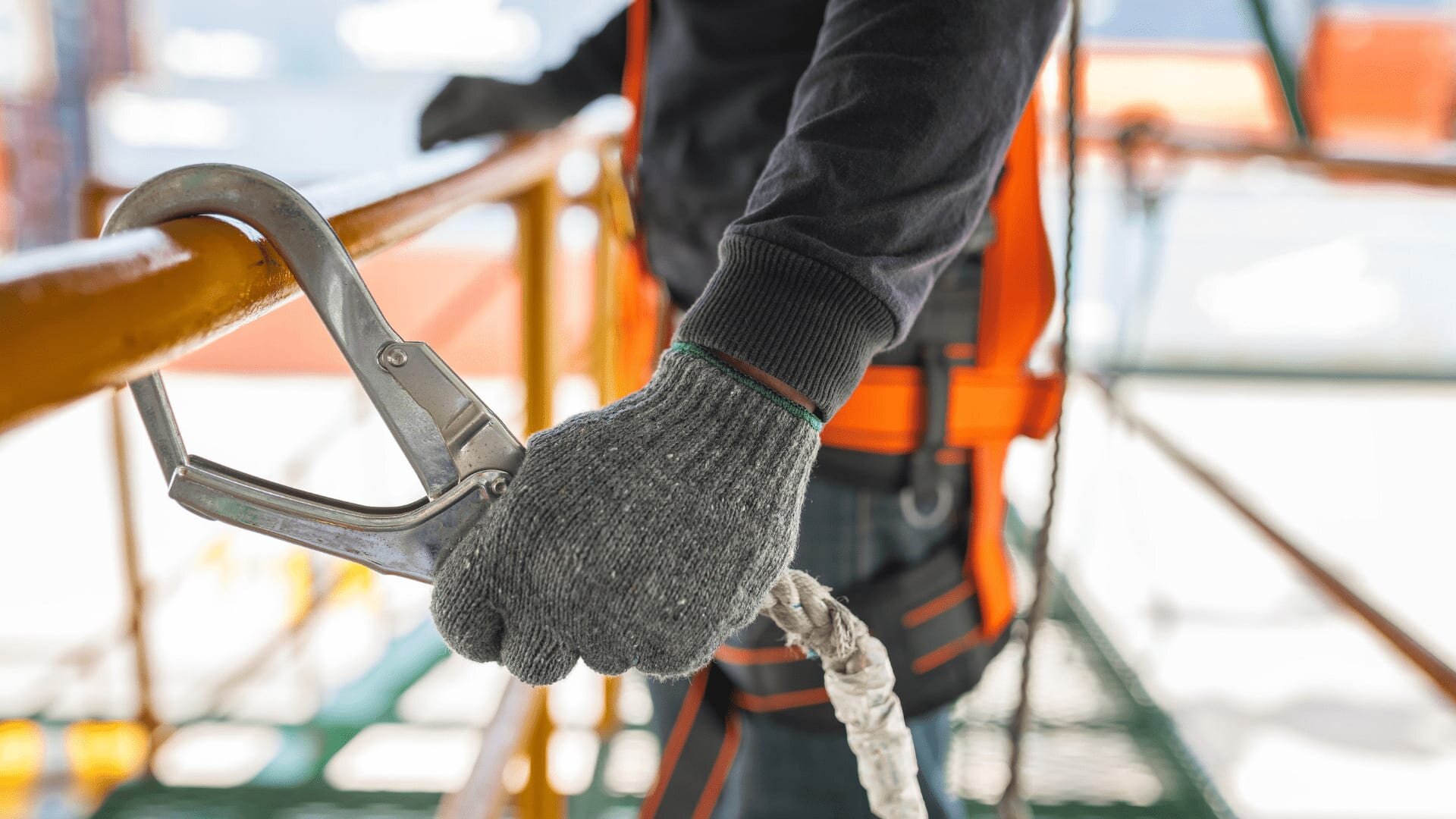
How do you keep safe when working alone?
What does it mean to work alone?
Knowing when you’re alone at work may sound simple, but we don’t always recognize the dangers that we face in the workplace. Working alone doesn’t always mean working remotely, or even working in isolation. In this article we’ll look at identifying people who work alone, and the steps that they can take reduce the dangers in their work.
People working alone are more easily defined by their vulnerability than their proximity to others. When it comes to lone worker safety, people are considered to be working alone any time that they are away from help or have increased risks due to isolation. This leads to workers that we don’t traditionally associate with being alone, like retail employees and healthcare workers, being defined as lone workers. The working conditions of those who work alone can range from confined spaces to isolated locations.
Conduct a risk assessment
Conduct a risk assessment to make sure that you’re able to work safely. You should never perform work that can’t be completed safely, and working alone introduces a higher degree of danger to any situation. Before you begin working alone, you should first assess any potential risks created by isolation or decreased visibility.
Know where medical supplies are located
When you’re working alone, it’s important for you to be able to access medical supplies, as you may not be able to receive help immediately. Even if emergency medical supplies aren’t a part of your standard equipment, you will want to make sure that you have them nearby when you’re working alone.
Know how to get help during an emergency
Having a plan in place to get help is the biggest challenge of lone worker safety. Whatever the working conditions may be, if you can plan a strategy that will get you help when it’s needed, you’re already halfway to a solution.
Plan for for the worse
Plan for the event that you may be unconscious during an emergency. One of the most unique aspects of lone worker safety is planning for situations where you are unable to call for help. A safety solution that doesn’t account for an unconscious worker is incomplete.
Emergency contacts
Have a means to contact other people during an emergency. Having the tools necessary to contact others during an emergency is key. It may not be enough to verbally call for help and depending on the emergency you may not be able to.
Have a way for other people to contact you during an emergency
Although remote work can take people outside of cell phone service and away from wired communications, working alone is safer when you can both send and receive communication. If you’re working remotely for a prolonged period of time, it may be time to invest in a two-way satellite device.
Let your location be known
Make sure that other people know your location and where you are going to be working. When you have reduced visibility and communications, it’s important that other people will know where you’re going to be. Plan to check in with your coworkers, and make sure to report your destination and estimated arrival time.
Create an emergency plan
Create an emergency plan that is specific to your working conditions. Anyone responding to you during an emergency should understand what kind of work you’re doing. An effective communications strategy should enable you to report your working conditions.
Prepare emergency contacts
Prepare emergency contacts who are able to provide you with assistance. If you report an emergency, it’s important that the people notified first can provide you with quick assistance. It may seem simpler to use a central response team, like a security unit, but the best people to notify during an emergency are those who can help.
Coordinate your safety plan
Know who may be working near you, and work with them to coordinate your safety plan. Just because you’re working alone shouldn’t mean that you have an individual emergency response plan. When others working alone nearby, it’s best to coordinate your safety plan so that everyone’s roles and responsibilities are clear.
Planning for a safer workplace?
When it comes to implementing a check-in-based safety system for lone workers, you’ll need the support of everyone in the workplace. Keeping lone workers safe should be everyone’s business, and a coordinated effort will ensure that if someone working alone needs help, they’ll be able to receive it. If you or someone in your workplace works alone all or some of the time and you don’t have lone worker safety measures in place, start the conversation by asking yourself and others what needs to be done to make sure that all lone and remote workers can come home safe.
How to determine if you’re a lone worker?
A definition of a lone worker is generally described as an employee working in isolation from others or without direct supervision. However, determining if you’re a lone worker can sometimes be tricky. There are many different factors that might not be apparent that classifies you as a lone worker.
What risks do lone workers face?
Lone workers face many different risks every day, these can range from trips and falls to hazardous objects. Being aware of these risks can help reduce the chance of injury when working alone.


